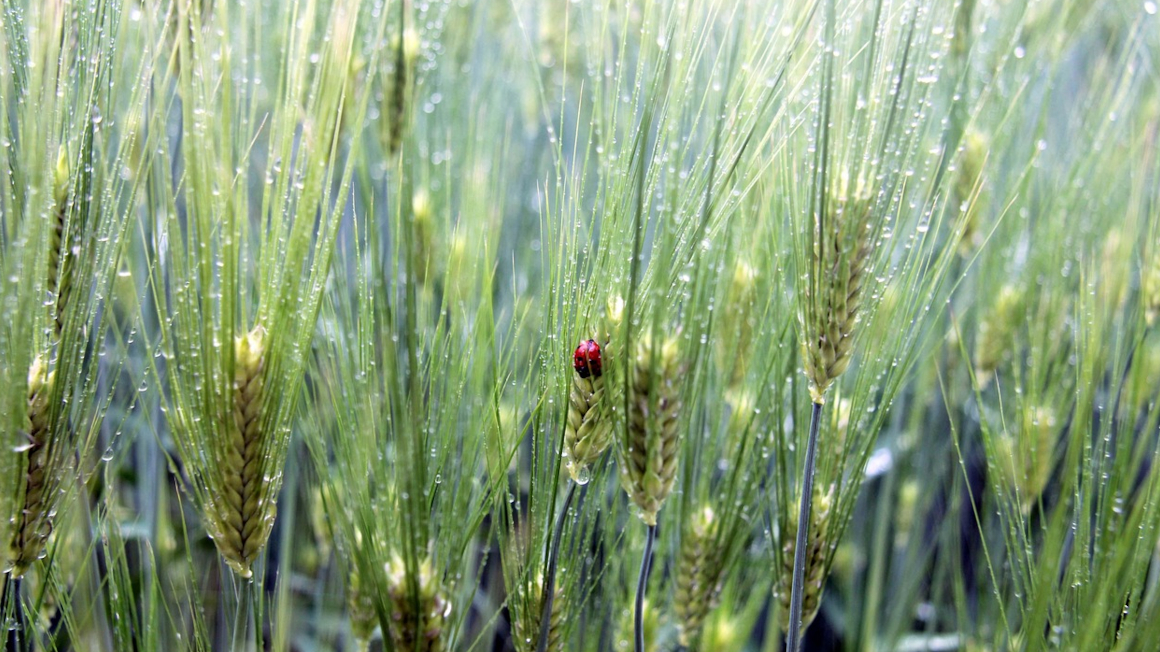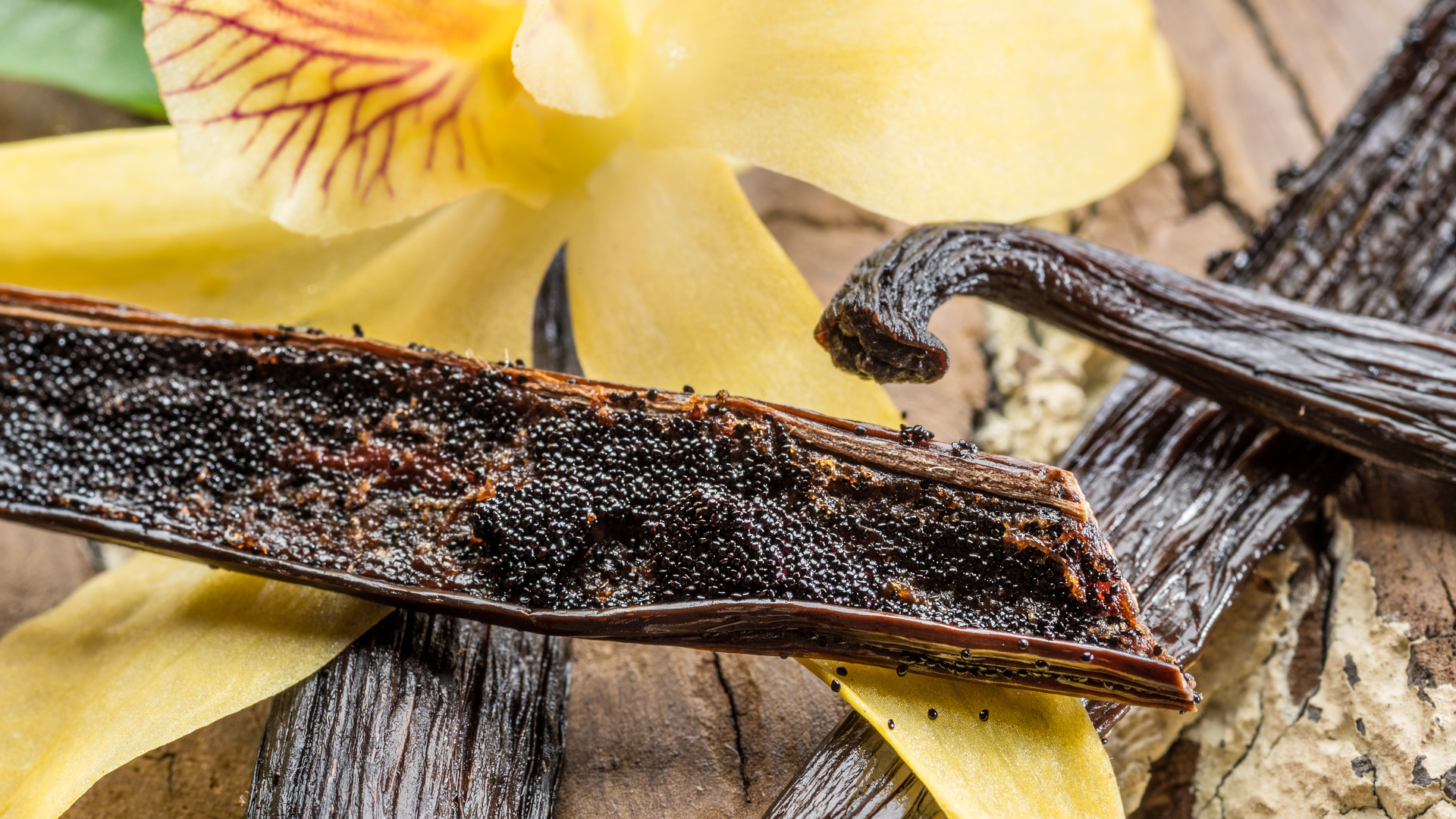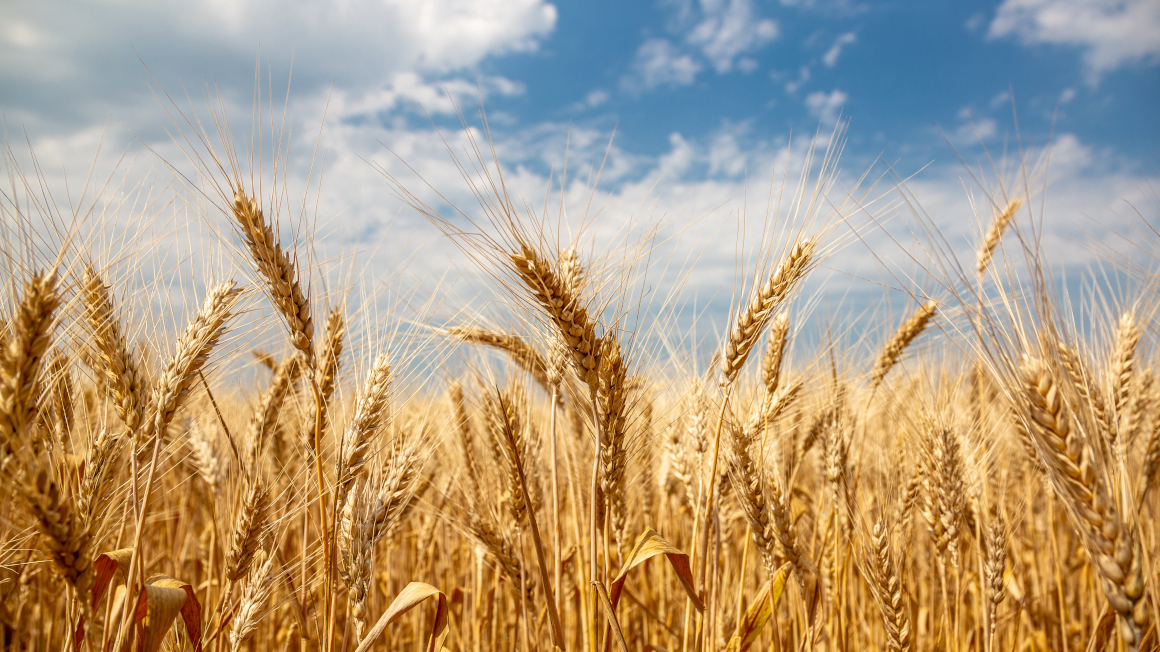Barley grains react to heat stress
Researchers from Dresden and Vienna have developed a method to precisely analyse the stability of plant cell membranes. The findings provide clues as to how plants react to rising temperatures.

Whether heat stress or a cold snap: plants often react very sensitively to rapid changes in the weather, resulting in crop losses in agriculture. In order to master the challenges of climate change, it is important to know the mechanisms that take place in plant cells. Researchers at the University of Vienna and the Dresden University of Applied Sciences (HTWD) are now providing insights that could be groundbreaking for the breeding of climate-resistant crops.
Focus on lipid molecules in cell membranes
The basis for this was the development of a new type of analysis method that provides automated and highly precise insights into plant membranes. The focus here was on a special group of lipid molecules known as glycosyl inositol phospho ceramides, or GIPCs for short. They occur most frequently in plant membranes and influence the stability of plant cell membranes and the immune system, as well as how plants adapt to environmental stress.
New analysis method reveals behaviour under heat stress
The researchers' newly developed method is based on high-resolution mass spectrometry. It made it possible for the first time to automatically characterise the multiglycosylated GIPC structures in barley grains. The researchers found that the lipid groups ‘change dynamically’ in the course of grain development and ‘react significantly’ to heat stress, resulting in a specific restructuring of certain GIPC groups.
‘These results provide valuable information on how plants adapt to rising temperatures and can contribute to the breeding of climate-stable varieties in the long term,’ the researchers write.
bb


